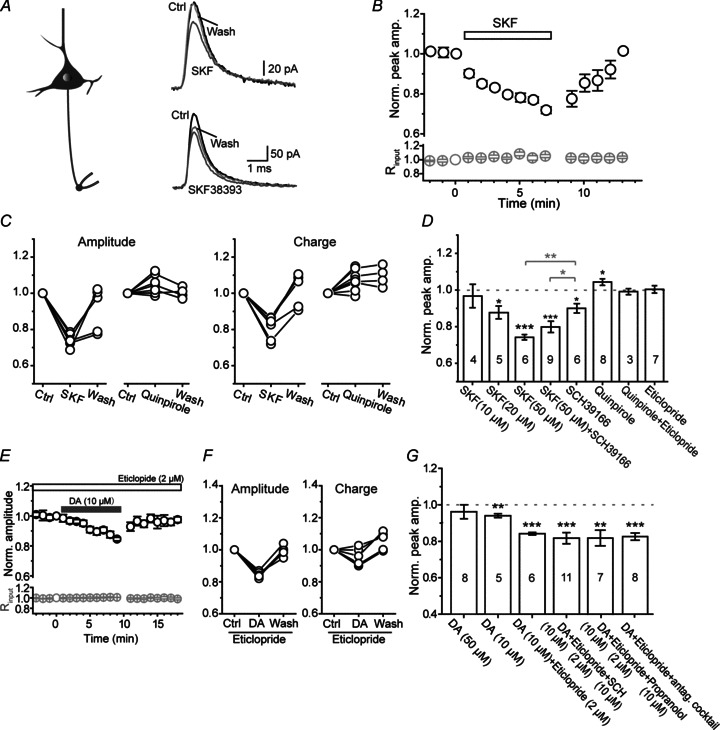Figure 5. Opposite effects of D1 and D2 receptor activation on the axonal KAP.

A, left, schematic diagram of intact bleb recording from a pyramidal neuron; right, example recording showing an inhibitory effect of D1 agonist SKF81297 (50 μm) and SKF38393 (10 μm) on axonal KAP (evoked by the same axonal AP waveform shown in Fig. 1D). B, group data showing the time course of the inhibitory effect of SKF81297 on axonal KAP (n= 6). C, group data showing the reversible effect of SKF81297 (50 μm) and quinpirole (D2 agonist, 1 μm) on the peak amplitude and the integrated charge of KAP. D, group data showing that D1 and D2 agonists significantly decreased and increased the peak amplitude of KAP, respectively. D1 antagonist SCH39166 (20 μm) could not block the inhibitory effect of SKF81297; D2 antagonist eticlopride (1 μm) blocked the facilitatory effect of quinpirole. E, group data showing the time course of the depressant effect of DA (10 μm) on axonal KAP in the presence of D2 receptor antagonist eticlopride (2 μm). F, group data showing the reversible effect of DA (10 μm) in the presence of eticlopride. G, group data showing the effects of DA in the presence of antagonists of DA, adrenergic or serotonergic receptors. Note that the depressant effect of DA on KAP was enhanced by eticlopride, but SCH23390 failed to block this effect. *P < 0.05, **P < 0.01, ***P < 0.001.
